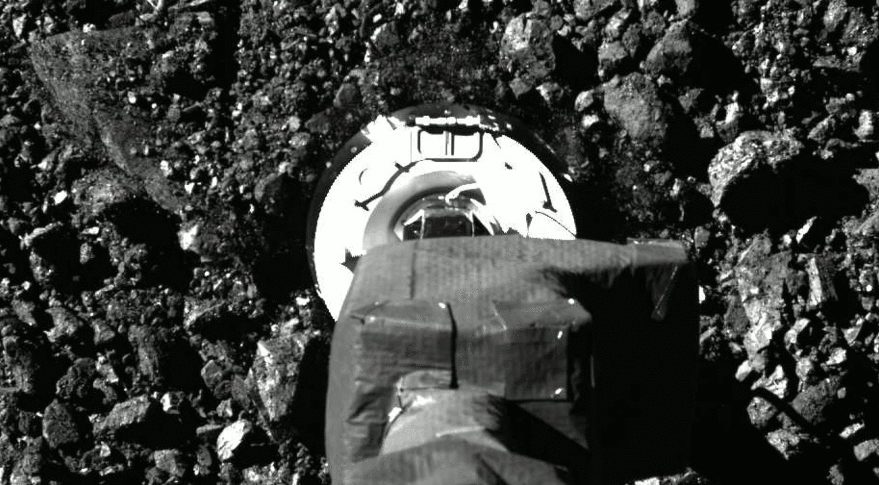
NASA's OSIRIS-REx (Origins, Spectral Interpretation, Resource Identification, Security, Regolith Explorer) probe made history on October 20, 2020, when it landed on Bennu, a 1,640-foot (500 meters) tall asteroid that lies 200 million miles away from Earth. The brief, six-second touchdown was planned to retrieve samples of the ancient space rock's surface and bring them back to Earth for analysis.
"I can't believe we actually pulled this off," OSIRIS-REx principal investigator Dante Lauretta, of the University of Arizona, said shortly after the landing. "This is history. It's amazing."
The sample collection event, known as "Touch-And-Go” (TAG), began at 1:50 p.m. EDT when OSIRIS-REx fired its thrusters to nudge itself out of Bennu's orbit and begin its four-hour transit towards the asteroid. Upon reaching Bennu's surface, the spacecraft deftly executed two maneuvers, dubbed "Checkpoint" and "Matchpoint,” to allow it to precisely target the sample collection site.
Nicknamed "Nightingale." the small, parking lot-sized area was one of the few relatively clear spots that had been identified by researchers as a feasible landing zone on the largely boulder-covered asteroid. The spacecraft then extended its spindly arm and let out a powerful puff of nitrogen at the exact moment of contact. This helped dislodge the surface rubble and blow small pieces of debris into the hub-shaped collection plate attached to the robotic arm's end.
"We really did kind of make a mess on the surface of this asteroid. But it's a good mess," said Lauretta. "It's the kind of mess we were hoping for."

While NASA researchers are confident that OSIRIS-REx did collect samples, it will take the team about a week to confirm the quantity. If it was not able to gather at least 2.1 oz (60 g), the scientists will have to re-program the spacecraft to visit Bennu again in the next few months. Once the required amount of soil and rocks have been obtained, OSIRIS-REx will leave the asteroid's orbit in March 2021 and make its long journey back to Earth. If all goes according to plan, the spacecraft will arrive sometime in September 2023.
The over $1 billion it cost to retrieve a small sample of the asteroid may sound excessive to some. However, researchers believe it will be well worth it as Bennu was formed in the first 10 million years of our solar system’s history. Analyzing just a tiny piece of the 4.5 billion-year-old space rock will give scientists invaluable insights into the types of materials present when the solar system was being formed and perhaps even provide clues into the emergence of life on Earth.
Resources: theverge.com,space.com, Nasa.gov
